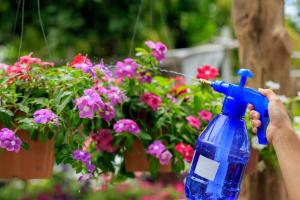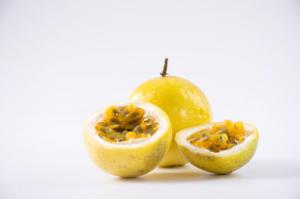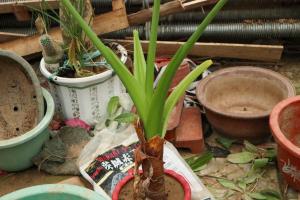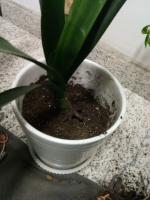How Long Should Air Plants Rest in Water?
Air plants, also known as Tillandsia, are unique and low-maintenance plants that don’t need soil to grow. They absorb moisture and nutrients from the air, and therefore, many people assume that they don’t require water like other plants. However, air plants do need water, but they need it in a different way. One of the best ways to water air plants is to soak them in water, but the question is: how long should air plants rest in water? Let’s explore.
Understanding Air Plant Watering Needs
Before we dive into the soaking time, let’s understand how often and how much water air plants need. Air plants require consistent moisture to thrive, but they also need good air circulation to prevent rotting. The most common watering methods for air plants include misting, dunking, and soaking, but soaking is the most effective way to ensure that the plant receives enough water.
When it comes to soaking air plants, the frequency and duration depend on the plant’s species, size, and environment. Typically, air plants need to be soaked in water once a week for around 30 minutes or until they are thoroughly hydrated. However, some species can tolerate longer soaking times, while others can’t withstand the same duration.
Determining Soaking Time for Air Plants
The key to determining the soaking time for air plants is to observe them closely and monitor their responses. During the soaking process, the plant should be completely submerged in water, and the water should be at room temperature or slightly warmer.
If you notice that the plant is beginning to turn brown or yellow, it could be a sign of overwatering, and you may need to reduce the soaking time or frequency. On the other hand, if the plant is still dry or wrinkled after soaking, it may indicate that you need to increase the duration or frequency of soaking.
As a general rule, small air plants may only need to soak for 20-30 minutes, while larger ones can benefit from soaking for up to an hour. However, if you have a specific species of air plant, it’s best to research its soaking requirements and adjust accordingly.
The Importance of Drying Air Plants After Soaking
After soaking your air plants, it’s crucial to dry them thoroughly before placing them back in their natural environment. If you don’t dry them properly, the moisture that remains on the plant can lead to rotting or fungal growth, especially if the plant is in a humid climate.
To dry your air plants, gently shake off any excess water and place them upside down on a towel or paper towel in a bright, well-ventilated area. Allow them to dry completely before returning them to their display or their air plant holder.
Conclusion
Air plants are unique and fascinating plants that require special care and attention, particularly with regards to watering. Soaking them in water is an effective way to ensure that they receive enough moisture, but the duration and frequency of soaking depend on the species, size, and environment of the plant. Observing your air plants closely and monitoring their responses during the soaking process can help you determine the best soaking time for them. Finally, it’s important to let the air plants dry completely after soaking to avoid any moisture-related issues or diseases.

 how many times do yo...
how many times do yo... how many planted tre...
how many planted tre... how many pine trees ...
how many pine trees ... how many pecan trees...
how many pecan trees... how many plants comp...
how many plants comp... how many plants can ...
how many plants can ... how many plants and ...
how many plants and ... how many pepper plan...
how many pepper plan...






























